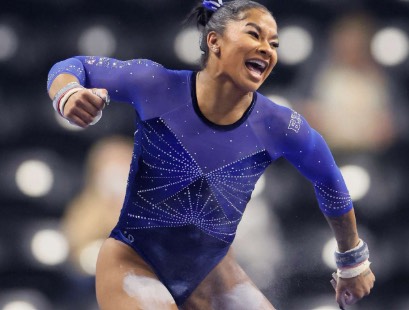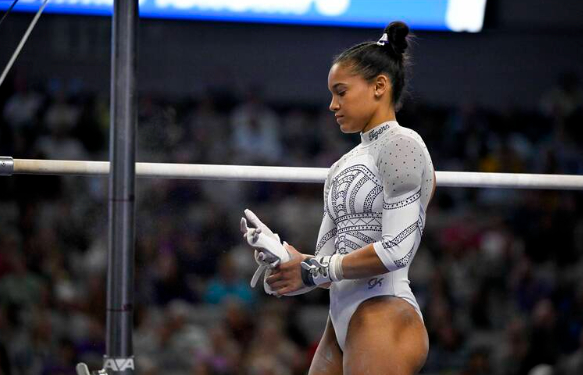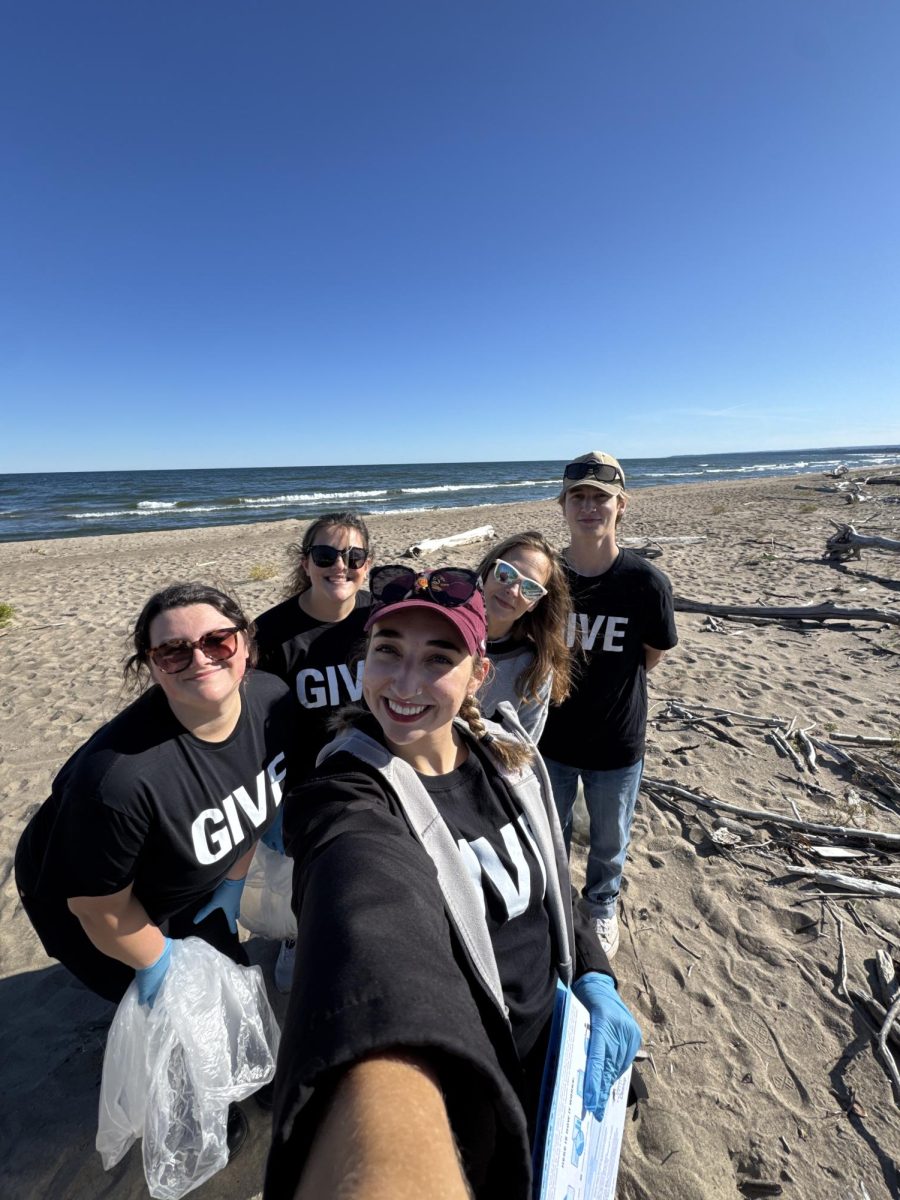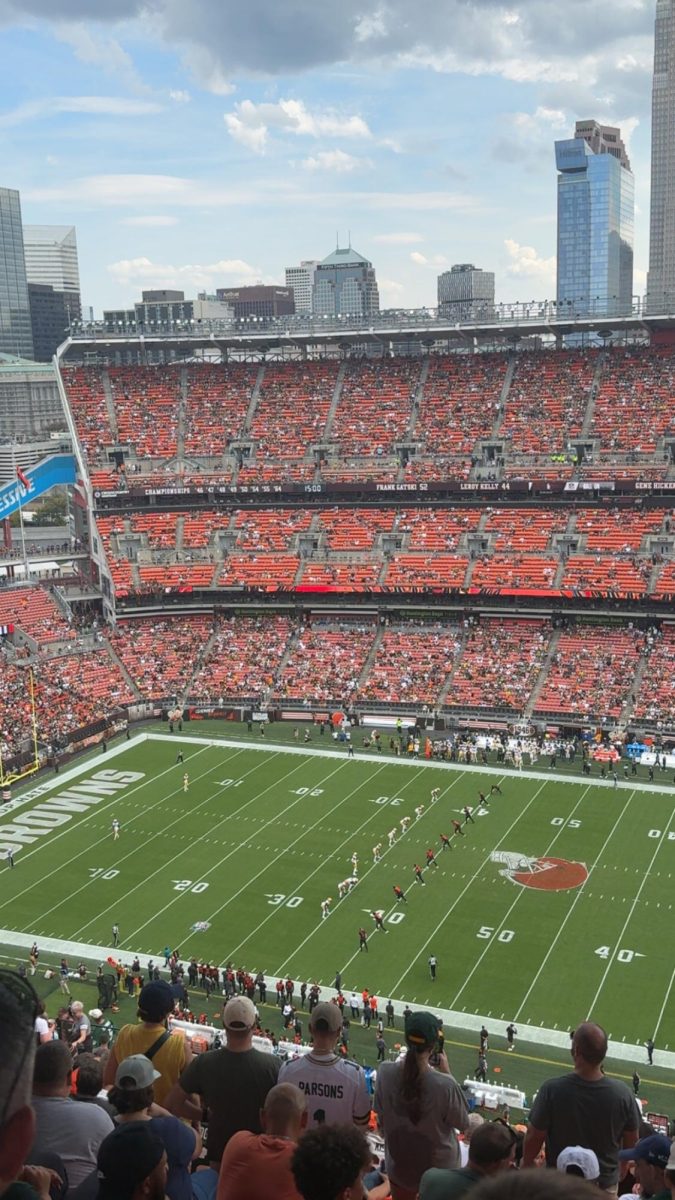March 22, 2024/Midnight
Erie, Pa., — After over 100 years of representing collegiate athletics in the western United States, the PAC-12 has disintegrated. The grim future for the PAC-12 began in June of 2022 when USC and UCLA announced they would be joining the Big Ten at the start of the 2023-2024 season.
This was later followed by announcements from Arizona State, Arizona, Colorado, and Utah leaving the PAC-12 for the Big 12 conference, quickly followed by Oregon and Washington joining USC and UCLA in the leave for the Big Ten in August of 2023. In early September of 2023, Stanford and California Berkley announced their plan to join the ACC, thus leaving two members (Washington State and Oregon State) in the PAC-12.
Football has been the major discourse for the downfall of the PAC-12. Massive struggles over media rights and deals led to certain schools holding certain conferences.
“The regents did the math. UCLA was supposed to make $62 million per year from the Big Ten’s new mega media rights deal. The Bruins’ travel costs to compete in the Midwest-based conference were expected to be in the range of $10 million to $12 million annually” (J. Brady McCollough, Staff Writer, Los Angeles Times).
The PAC-12 in recent years had become notorious for poor outcomes in football, namely only making the newer four-team CFP just twice (before Washington’s run and second-place finish behind Michigan in 2024). However, the “Conference of Champions” does excel in Olympic sports like men’s and women’s gymnastics, rowing, volleyball, swim, and dive, etc. PAC-12 softball is also highly coveted, as well as recently women’s basketball (teams like Stanford and Oregon State).
Massive conference shake-ups, like what is happening with the PAC-12, affect more than what scratches the surface. Simply put travel, even just thinking about football, is costly and taxing on the student-athlete. Washington put out their tentative 2024 Big Ten football schedule, flying out east five times, mostly back-to-back. This concept also applies to the other Big Ten teams also now needing to travel out west multiple times for a regular season conference game.
As an athlete on the acrobatics and tumbling team here at Gannon, I understand traveling cross country, multiple times within one semester even in order to compete against necessary opponents. In my freshman season, 2022, the team flew out to California and Oregon to compete against Azusa Pacific and later that week against Oregon. Later that semester, the week before final exams, we traveled back out to Eugene for the NCATA National Championship, then arrived back on campus the evening before the first day of exams. The next season the team made a similar trip, from California to Oregon, and added on a bus trip to South Carolina. This season we’ve traveled to North Carolina, and Texas, and will head to Connecticut in early April.
I empathize with non-football athletes in the PAC-12 who are now thrust into a new student-athlete lifestyle they may not have necessarily signed up for. I knew coming to Gannon I would be nowhere close to home and be on the road often in order to compete at the level necessary. Athletes who may have dreamed about taking part in rivalries like “Battle for the Bay,” “Apple Cup,” “Civil War,” and many others are now forced to games with no connections, in order for football to achieve their image and monetary gains.
Athletes who may have chosen their particular programs for academics, and the ability to compete and travel closely to focus on those academics are now in a tight position with traveling and potentially missing valuable class time.
A new era of college athletics has ushered in. Money reigns supreme, obviously with NIL and now media rights/TV deals from conference to conference. The athlete has morphed into entertainment, and viewers and boards of decision-makers seem to forget that they’re students at a very high level on top of their athletic careers.














